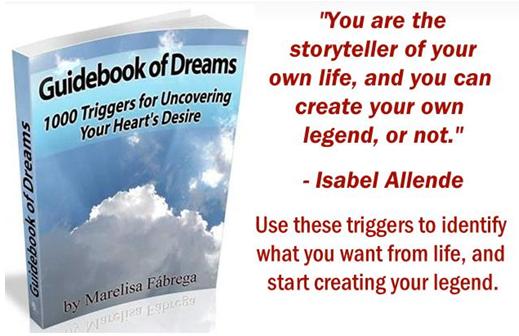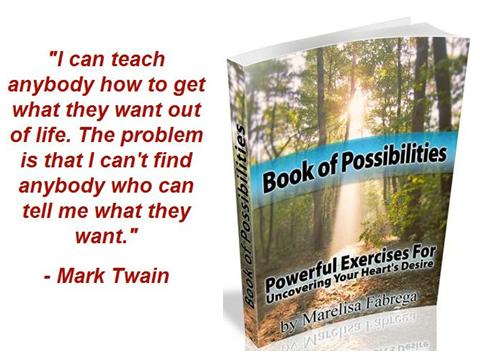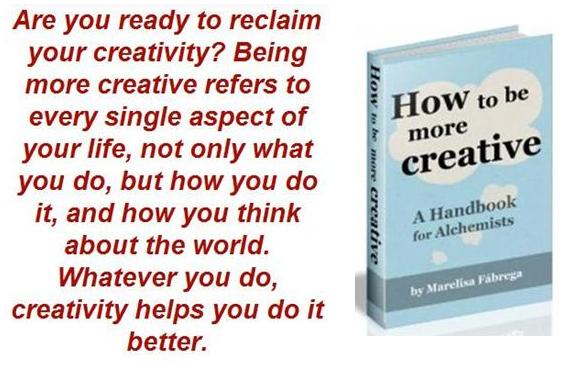
Good habits make all the difference in life. When you’ve created good habits you do the right things, without even having to think about it. That is, you put the behavior that will allow you to achieve your goals on automatic pilot.
Choose the habits that you want to adopt, follow the eight tips below to build those habits and make them stick, and then watch in amazement as you achieve your goals and your life is transformed.
1. Believe that You Can Build New Habits. The first step in building a new habit is believing that you can. You may have tried and failed several times in the past to create good habits such as exercising, becoming an early riser, and adopting a meditation practice. However, stop telling yourself that you’re a lost cause.
Although it’s true that some people are naturally better at creating new habits than others, by following the right strategies everyone is capable of building habits and making them stick. That is, it’s not that you don’t have the ability to build new habits, but that you’ve been doing it wrong.
2. Start Tiny. Most of us get really ambitious when it comes to creating new habits. For example, a lot of people who haven’t exercised in years decide that they’re going to start walking on the treadmill for forty minutes, five days a week. However, this is setting the bar so high, that failure is almost guaranteed.
A much better strategy is to set the bar so low, that you practically trip over it. Make the decision to start walking on the treadmill for one minute a day. After a while you can raise the bar to two minutes a day, then three minutes, then four, and so on. It’ll take you a while to build up to forty minutes a day, but you’ll get there.
3. Be Specific. Almost everyone wants to adopt healthy eating habits. However, “healthy eating habits” is so general and ambiguous, that it’s unlikely to result in any concrete action being taken. Instead, you can decide that you’re going to start taking the following specific actions:
- When you’re at the grocery store, buy whole-grain pasta.
- Start buying 2% milk.
- Each weekday morning stick a handful of nuts and some raisins in a Ziploc bag, and put the bag in your briefcase. Have the nuts-and-raisins mix as a mid-afternoon snack instead of getting a chocolate bar from the vending machine.
The more specific you are as to what you’re going to do, the more likely it is that you’ll do it. And the more often you do it, the more likely it is to turn into a habit.
4. Reduce Barriers. Sometimes there’s an action that we want to start taking on a regular basis, but when we think of taking the action, one or more barriers get in the way. For example, let’s say that you want to start riding your bike every morning in order to lose a few pounds. However, you store your bike in the garage and in order to get to it you have to move a few boxes out of the way.
Having to move those boxes is a barrier. Even if it doesn’t take more than one or two minutes to get your bike out from behind the boxes, that’s enough of a barrier to reduce the likelihood that you’ll go out for a bike ride. Therefore, you need to find a way to make your bike as easy to reach as possible.
The fewer barriers that exist between you and your bike, the more likely it is that you’ll be able to turn bike riding into a habit.
5. Tie It To a Trigger. Tie the action that you’re trying to turn into a habit to something that you’re already doing on a regular basis. For example, if you want to start following along with an exercise DVD five days a week, tie it to some action that you do on a daily basis, such as walking the kids to school. Do the following:
- As soon as you walk into the house after dropping the kids off–which is the trigger–, press “play” on the DVD player and get started huffing and puffing.
- Every day follow up the trigger with the new habit, without fail. This will create a bond between the trigger and the new habit.
- Sooner than you think, you won’t be able to do one without immediately afterwards doing the other.
6. Reward Yourself. In his book, “The Power of Habit”, Charles Duhigg explains that there’s something called “the habit loop”. That is, every habit can be broken down into three components:
- The cue: The trigger to start the behavior that you want to turn into a habit.
- A routine: The actual behavior that you’re trying to turn into a habit.
- A reward: When you complete the action that you’re trying to automate, reward yourself.
Duhigg explains that giving yourself a reward after performing the action that you’re trying to automate reinforces the habit loop in your brain, so the habit is more likely to stick. He goes on to say that research shows that the best way to get yourself to start exercising is to reward yourself with a piece of chocolate once you’re done.
Eventually your brain will enjoy exercise for exercise’s sake. However, at first you have to trick your brain into creating the habit loop—that is, trick it to develop the neurological patterns of a habit– by giving it a piece of chocolate after each exercise session as a reward.
7. Forgive Yourself If You Fall Off the Wagon. Picture this: you decide that you’re going to start having a fruit salad as a mid-afternoon snack at work instead of taking a donut from the coffee room. The first week, everything goes well. Every afternoon you take your fruit salad out of the fridge in the coffee room and walk triumphantly past the donuts.
However, on Monday of the second week you succumb to temptation: you take a donut and you guiltily gulp it down. Afterwards you can’t stop berating yourself:
- I’m such a pig!
- I have no impulse control.
- I’ll never be able to change my eating habits. Why do I even try?
However, studies show that beating yourself up when you fall off the wagon is counterproductive. Instead, you should be kind to yourself. Tell yourself that you’ve had a minor setback, but that this happens to everyone when they’re trying to build a new habit. Then, resolve to do better the next day.
8. Build One Habit At a Time. Changing your behavior requires willpower, and willpower is a limited resource. That is, you simply do not have enough willpower to tackle several habits at once. Therefore, you should only try to build one habit at a time.
Once the new habit is ingrained it no longer requires willpower to be sustained, which means that you can get started on building a new habit.
Conclusion
For almost any goal that you set for yourself, you’re going to have to build one or more habits in order to achieve that goal. The good news is that there are strategies that you can follow in order to make it easier to build those habits.
Apply the eight strategies explained above and live your best life by building new habits and making them stick.



Related Posts:
- Keys to Success – B.C. Forbes
- 32 Bits of Wisdom from William Clement Stone
- 32 Timeless Success Principles from Napoleon Hill
- 72 of the Best Success Quotes
- 49 Snippets of Wisdom on How to Succeed
Did you enjoy this article? Subscribe to “Daring to Live Fully” by RSS or by email, and get free updates.







 Marelisa Fabrega is a lawyer and entrepreneur. She holds a Bachelor of Science in Business Administration from Georgetown University in Washington, D.C., as well as a Juris Doctor from the Georgetown University Law Center. You can learn more about her
Marelisa Fabrega is a lawyer and entrepreneur. She holds a Bachelor of Science in Business Administration from Georgetown University in Washington, D.C., as well as a Juris Doctor from the Georgetown University Law Center. You can learn more about her 






Comments on this entry are closed.
I can really relate to the suggestion about bite size pieces. When I’m working on content, I get ahead of myself sometimes. I find I have to back up to the beginning of the project and break it down into smaller chunks. Then, do one chunk at a time. I don’t know what happens that causes me to propel forward; I guess I get anxious and to ambitious.
Good article. Thank you.
Hi. I have confirmed payment via paypal for the hour a day bundle but have not received the ebooks. Hipow do i receive them?
Hi Sally: I sent you an email with the download link. Thank you for your purchase, and I hope that you get a lot out of your new ebooks.
Hi Sandy: I used to be the queen of setting about 10 habits at once, each one bigger and more complex than the other. Needless to say, none of those habits stuck. Now I follow the tips that I wrote about in this post and I’ve been able to create one good habit after the other. 🙂
Hi Marelisa,
As a new reader to your blog, I thank you for the wonderful column and “words of wisdom”. The content really resonated with me and I will take the suggestions to heart. You can’t be overwhelmed, you’ve got to break those goals up into small bite-sized pieces.
Happy a beautiful Thanksgiving.
Chuck
Hi Chuck: The less is more approach is definitely the way to go. You have a great Thanksgiving as well. 🙂